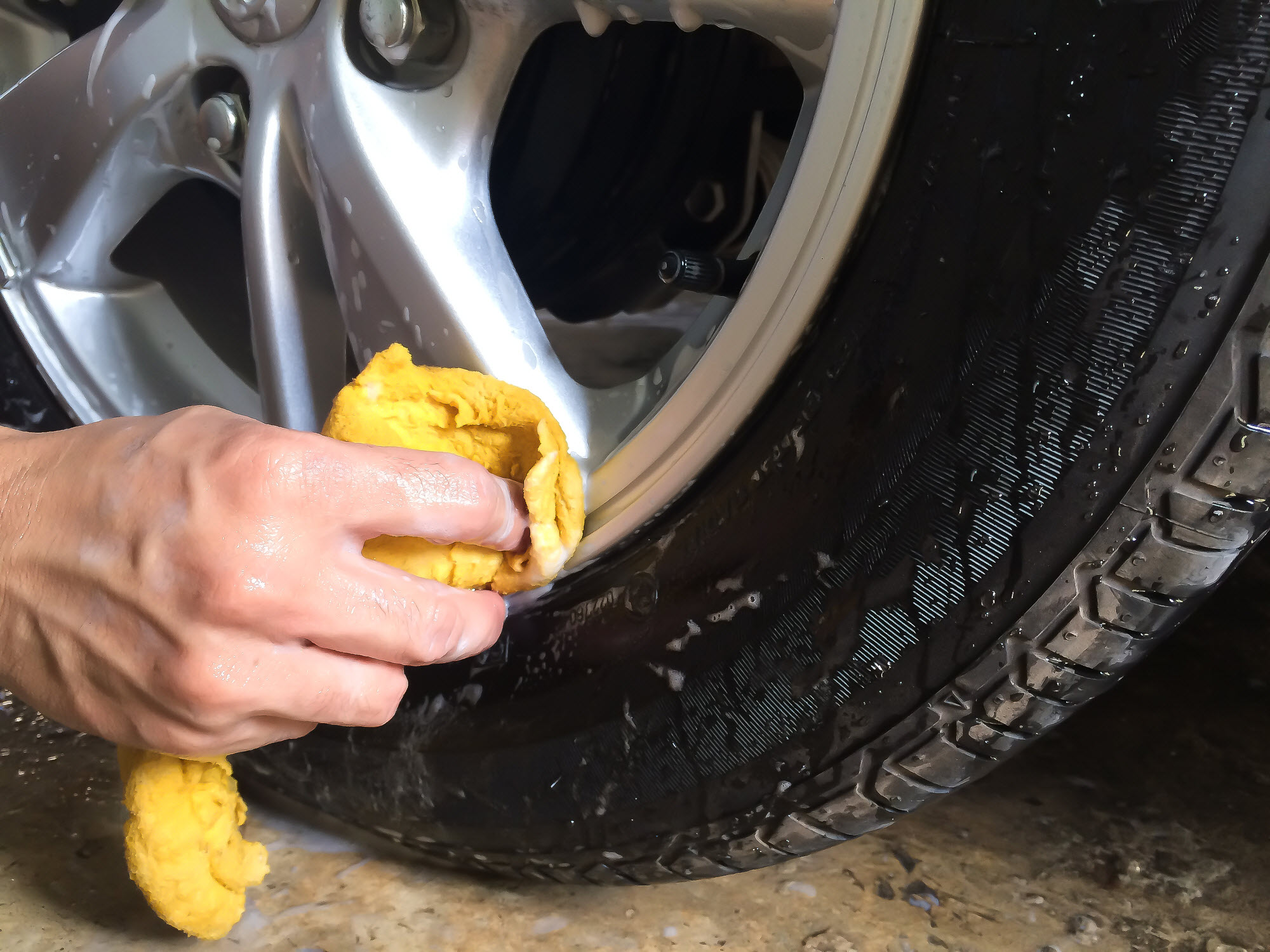Giving Your Tires the Once-over

Another summer of long drives on scorched roadways is behind us. How did your tires hold up?
“Cracks, bulges, cuts and abrasions are all warning signs of a tire’s condition,” said Dan Zielinski of the Rubber Manufacturer’s Association. “Even tires that are several years old can perform admirably if properly maintained. Age isn’t necessarily the problem for tires, it’s their condition.”
Wear and tear is part of a tire’s life, but that doesn’t mean the lifespan must be short-lived.
Practicing proper tire care helps improve tread life and save fuel.
Tire inflation and fuel economy are closely related. According to Zielinski, drivers lose 10% in fuel economy for every five to seven pounds (34 - 48 kPa) reduction in air pressure.
How can drivers get the most out of their tires? Zielinski had the following suggestions:
- Check tire inflation monthly to keep tires from riding on the sidewall.
- Check for cracks, bulges and uneven tire wear.
- Rotate tires regularly. This helps prevent uneven wear. Rotation method varies as to vehicle you drive and tire.
- Ask for plugs and patches when fixing a flat, not just plugs. Plugs may come loose and deflate the tire.
- Check for tire damage anytime your vehicle hits a pothole, curb or gutter.
- Replace but do not fix tires with sidewall damage such as nail holes.